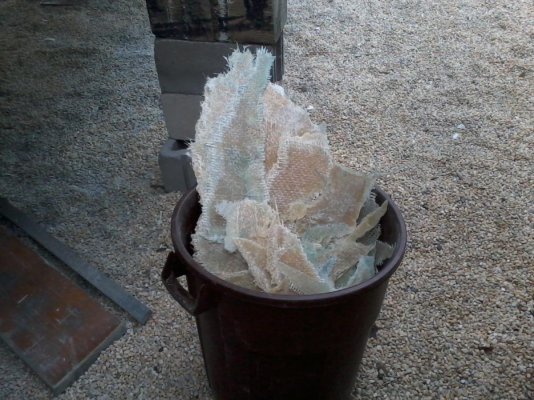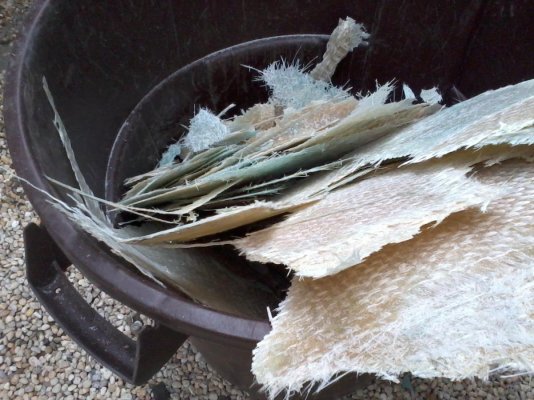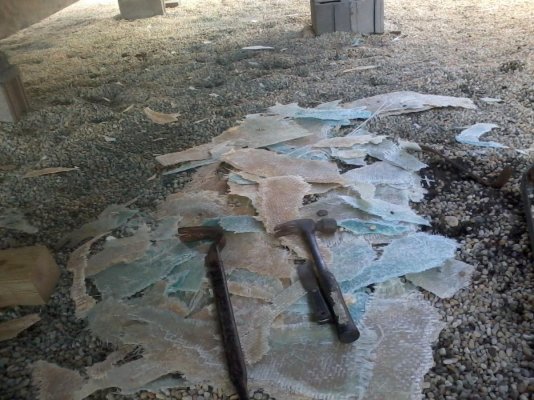I am starting the purchase process on an older (1967) Willard boat. I will be getting my own survey of course, but I have a previous survey done 5 years ago that indicated: “Approx. one hundred 1/2" to 2 inch diameter blisters observed on wetted hull surfaces and not structurally significant. No repair is recommended. Monitor.”
I do not believe any repairs of the blisters were attempted since that survey, but of course I will see once the boat is hauled for my survey. My question is, what do folks think about this finding, assuming it is still true? Given the overall apparent condition if the boat, I believe I am getting a very good boat at a good price, but I am a bit concerned about the blisters. Of course, the broker says it is nothing to worry about and they should just be painted over. I am a skeptic at heart so I am not so sure. At 47’, a full peel and relamination with vinylester resin, which seems to be the gold standard for blister repair, would be very expensive and warrant a significant price adjustment, but I am not sure if that would be warranted, especially given that Willards have a reputation for being extremely well built hulls in general.
Any thoughts greatly appreciated.
I do not believe any repairs of the blisters were attempted since that survey, but of course I will see once the boat is hauled for my survey. My question is, what do folks think about this finding, assuming it is still true? Given the overall apparent condition if the boat, I believe I am getting a very good boat at a good price, but I am a bit concerned about the blisters. Of course, the broker says it is nothing to worry about and they should just be painted over. I am a skeptic at heart so I am not so sure. At 47’, a full peel and relamination with vinylester resin, which seems to be the gold standard for blister repair, would be very expensive and warrant a significant price adjustment, but I am not sure if that would be warranted, especially given that Willards have a reputation for being extremely well built hulls in general.
Any thoughts greatly appreciated.




